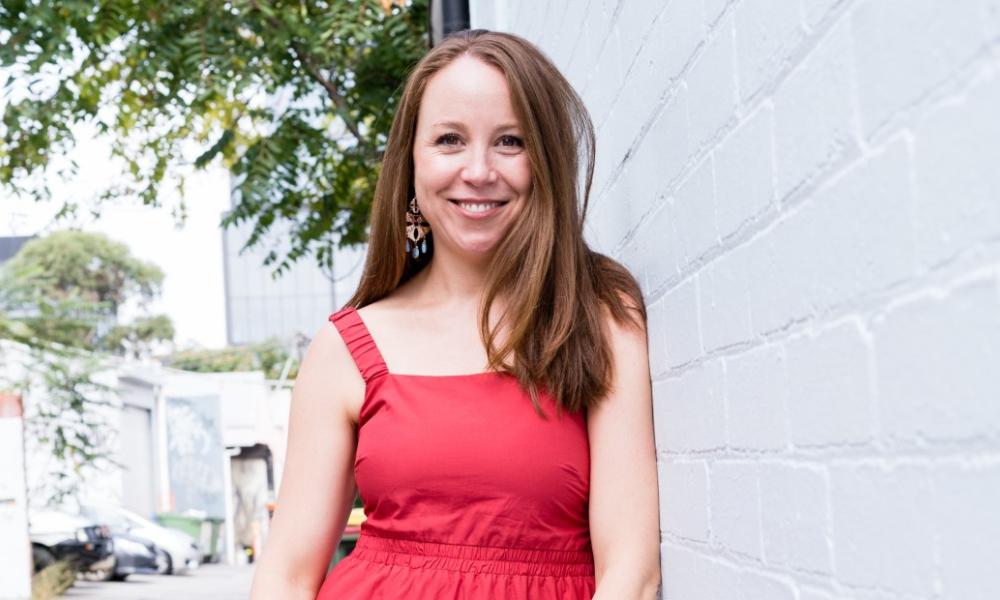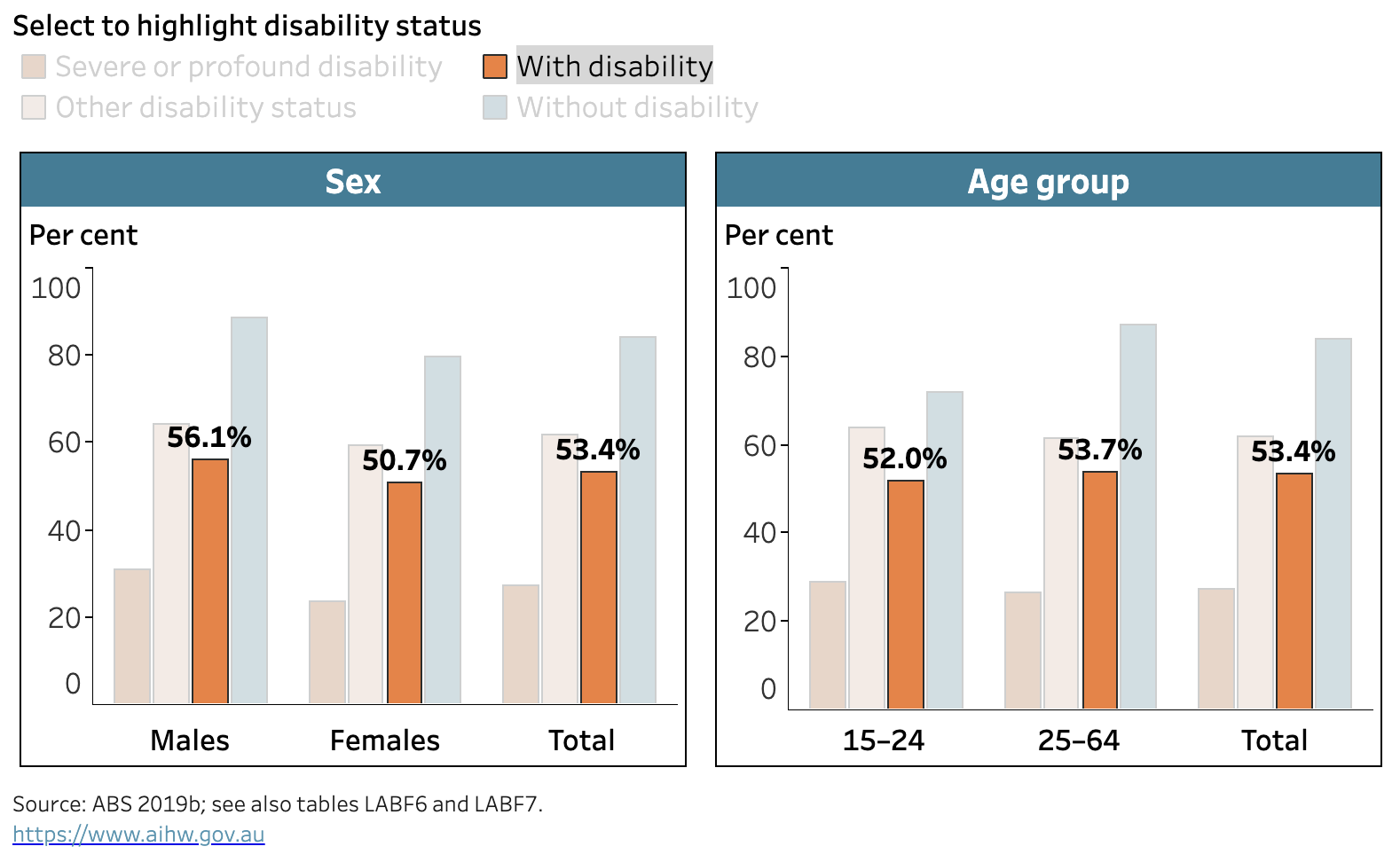
'When you get down into it, it's just some small things that need to be adjusted,' says expert

The main barrier when it comes to hiring people with disabilities is stigma – in that doing so is too expensive or too hard for organisations.
This is according to Jess Colgan, CEO of All Things Equal, when she spoke to HRD about the significance of inclusive hiring practices for organisations.
Colgan said employers who haven't implemented inclusive hiring practices yet come with preconceived ideas about the complexity of hiring a person with a disability.
"There's that limited view on what a person can contribute rather than thinking... holistically about how a person can contribute," Colgan told HRD.
There is also a concern among organisations surrounding costs, especially when it comes to providing accommodation for a person with a disability.
"Because employers haven't historically had exposure, they don't know what to expect. So, they just don't know what they don't know," Colgan said. "So, it might be built up to be more complex than what it actually is, but when you get down into it, it's just some small things that need to be adjusted."
Colgan made the comments as people with disabilities continue to face challenges in employment in Australia.
Data from the Australian Institute of Health and Welfare revealed that the labour force participation rate for people with disabilities is at 53.4%, much lower than the 84.1% of people without a disability.

The Australian Human Rights Commission also pointed out that this participation rate has not progressed over the years, remaining at 53.4% in 2018, close to the 53% recorded in 2003.
Unemployment is not the only issue, as 45.2% of employees with disabilities reported that they experienced unfair treatment or discrimination from their employer due to their disability.
Getting over the stigma in hiring people with disabilities will require a top-down strategy and a bottom-up application in organisations, according to Colgan.
"There needs to be support from the senior leadership of the organisation right at the top to be setting that example," she said. "And then there is the bottom-up perspective so it can't just be told from the top that people need to do it — people from the bottom up need to really feel it and interact with it as well."
An inclusive hiring practice manifests as early as advertising for a role, such as by providing different ways of explaining the position, and various methods to apply for it.
"Some people do an excellent job of providing a video attached to their application rather than writing a letter. That's a really simple way to go about it," Colgan said.
In the interview process, one practice to ensure inclusion is providing questions in advance so there's no need for a person to feel surprised or scared of what might come up during the process.
"It can be asking if the person needs a support person within the group and so we provide that support to our trainees when they're looking for a next job," she added. "So that might be just helping to reword a question or provide some prompts to a person when they're in an interview setting."
After hiring, Colgan pointed out that inclusive hiring practices do not just involve the manager being responsible for that person.
Organisations can try a buddy system, according to the CEO. They can try to look for someone in the business who is really looking for an opportunity to showcase leadership, or someone who has prior experience with someone with a disability.
"Having that buddy system means that not only is the manager looking out for it, it's also that buddy that's looking out for the person," Colgan said.
It also helps foster a safe environment for people who don't feel comfortable sharing their disabilities.
"We do know that there's a lot of people, particularly neurodiverse people who are there in the workforce and haven't disclosed that and that's because they don't feel safe to do that," Colgan said.
"If you are doing these inclusive hiring practices, that's another great way of signalling to somebody who maybe hasn't disclosed their disability that these things are a safe place, and this is what we care about as an organisation."
Colgan said inclusive hiring practices will make job applicants feel that they are connected to the values of the organisation.
"We see time and time again that people are really attracted to businesses where they feel connected to the values of the business," she said. "Inclusive hiring is a really direct way of signalling to your team and to future hires that this is a business that values diversity and values the individual above anything else," she said.
Without inclusive hiring, employers not only miss out on great talent, but may also risk pushing away potential customers.
"Customers also respond really well to being able to see that a business reflects their values. So, if they can see that a business is really doing things that align to them as a person, they're more inclined to also invest in or purchase from that business as well," Colgan said.
"So, having a really diverse team is an excellent way of signalling to your customers that we value diversity, we value the individual, and we invest into those people."